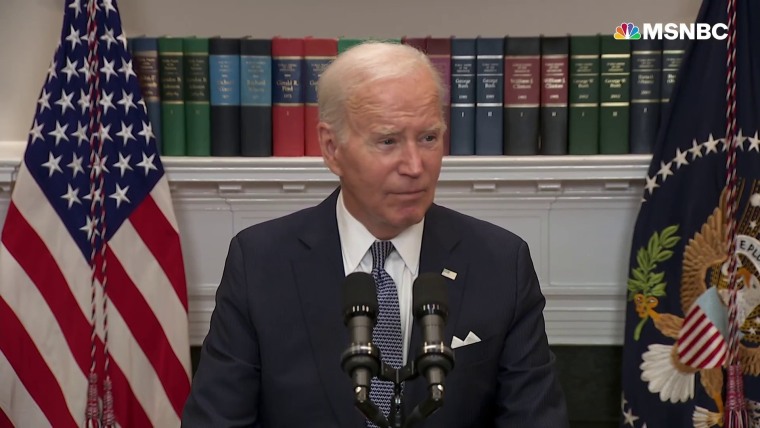Nearly 40% of Americans are considering purchasing an electric vehicle (EV) for their next vehicle purchase, according to a recent Pew Research Center survey. However, there are still obstacles to widespread EV adoption, including concerns about infrastructure and public charging stations.
Limited confidence in the availability of public charging stations is a potential barrier to greater EV adoption. Currently, most EV owners charge their vehicles at home, and some find public chargers to be unreliable or limited in number. The Biden administration has allocated $5 billion to create a network of EV charging stations, but 53% of Americans express doubt that the necessary infrastructure will be built.
Democrats, younger adults, and urban residents are among the most likely to consider purchasing an EV. Additionally, those who currently own a hybrid or electric vehicle are particularly likely to consider an EV for their next purchase. The main reasons cited for considering an EV are helping the environment and saving money on gas.
Phasing out gasoline cars and trucks is a central part of President Biden’s climate agenda, but it faces opposition from the public. About 59% of Americans oppose phasing out gas-powered vehicles by 2035, while 40% favor it. Support for this idea has declined since 2021, with both Democrats and Republicans showing less support.
Republicans are especially opposed to ending gas-powered vehicle production, with 84% opposing the idea. They also have a strong emotional reaction to the idea, with 73% saying they would feel upset about it. Democrats, on the other hand, have more mixed views, with 37% feeling excited, 43% feeling neutral, and 20% feeling upset.
Overall, while there is growing interest in EVs among Americans, there are still challenges to overcome, including infrastructure concerns and public opposition to phasing out gas-powered vehicles.
Unveiling the Fascinating Perspectives on Electric Vehicles in America
Introduction
The rise of electric vehicles (EVs) has been a topic of great interest and debate in recent years. As the world grapples with the challenges of climate change and the need for sustainable transportation, EVs have emerged as a promising solution. In America, the perspectives on electric vehicles have been both fascinating and diverse, reflecting the complex dynamics of the country’s automotive industry and its evolving environmental consciousness.
Government Initiatives and Incentives
One of the key factors driving the growth of electric vehicles in America is the government’s commitment to promoting clean energy and reducing greenhouse gas emissions. Federal and state governments have implemented various initiatives and incentives to encourage the adoption of EVs. The federal government offers tax credits of up to $7,500 for the purchase of electric vehicles, while several states provide additional incentives such as rebates, grants, and access to carpool lanes. These measures have not only made EVs more affordable but have also created a favorable environment for their widespread adoption.
Consumer Demand and Market Trends
Consumer demand for electric vehicles in America has been steadily increasing in recent years. This surge in interest can be attributed to several factors. Firstly, the growing awareness of climate change and the desire to reduce carbon footprints have led many consumers to consider EVs as a more environmentally friendly alternative to traditional gasoline-powered vehicles. Secondly, the advancements in EV technology, such as longer battery ranges and faster charging infrastructure, have alleviated concerns about range anxiety and made EVs more practical for everyday use. Lastly, the appeal of electric vehicles as a status symbol and the desire to be at the forefront of technological innovation have also contributed to the rising demand.
Challenges and Infrastructure Development
Despite the growing popularity of electric vehicles, there are still significant challenges that need to be addressed. One of the major obstacles is the lack of charging infrastructure. While the number of charging stations has been increasing, there is a need for further investment to ensure convenient access to charging points across the country. Additionally, the limited range of some EV models and the time required for charging remain concerns for potential buyers. However, efforts are being made to address these challenges, with the government and private sector investing in the expansion of charging networks and the development of faster charging technologies.
The Role of Automakers
Automakers in America have played a crucial role in shaping the perspectives on electric vehicles. While some manufacturers have embraced EVs and made significant investments in their development, others have been more hesitant. However, the increasing demand for electric vehicles and the tightening of emission regulations have forced many automakers to shift their focus towards electrification. Major players such as Tesla, General Motors, and Ford have made substantial commitments to electric vehicle production, signaling a shift in the industry’s priorities.
Conclusion
The perspectives on electric vehicles in America are indeed fascinating. The combination of government initiatives, consumer demand, infrastructure development, and the role of automakers has created a dynamic landscape for the growth of EVs. As the country continues to prioritize sustainability and clean energy, electric vehicles are poised to become an integral part of the transportation system. With ongoing advancements in technology and infrastructure, the future of electric vehicles in America looks promising, offering a greener and more sustainable future for all.









